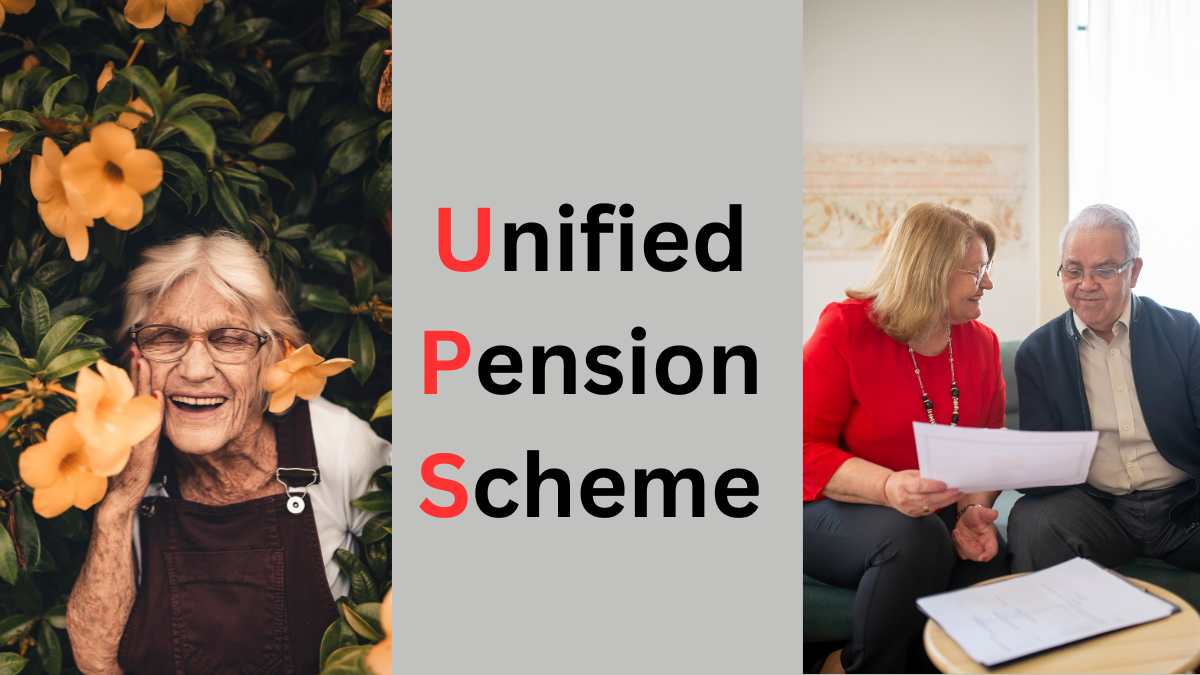Starting April 1, 2025, the Pension Fund Regulatory and Development Authority (PFRDA) is rolling out fresh guidelines for a major update in India’s pension system—the Unified Pension Scheme (UPS) under the National Pension System (NPS).
This move, backed by the official notification released on March 19, 2025, aims to enhance financial protection for government workers—both active and retired—as well as their families.
Let’s unpack the scheme, understand who it’s for, how it works, and why it matters.

What is the Unified Pension Scheme (UPS)?
The UPS is a structured pension model introduced exclusively for central government employees who are already covered under the NPS. It offers a blend of government contributions, personal savings, and professional fund management to secure life after retirement.
Key Aspects of UPS:
-
Voluntary participation for eligible employees
-
One-time irreversible selection
-
Includes a provision for deceased employees’ spouses
-
Government-supported contribution system
-
Investment-linked returns for long-term benefits
Who Can Enroll in the Unified Pension Scheme?
Here’s a breakdown of eligibility categories:
| Category | Eligibility Criteria |
|---|---|
| Existing Central Govt Employees | Already enrolled under NPS |
| New Employees (Post-April 2025) | Must decide within 30 days of joining the workforce |
| Retired Employees | Those who previously served under the NPS structure |
| Spouses of Deceased Pensioners | Legally married wives of NPS-covered employees who didn’t opt for UPS while alive |
Application Process: When and How to Apply
If you’re eligible, timing is critical.
Deadlines:
-
Existing Employees: Must apply between April 1 – June 30, 2025
-
New Recruits: Have a 30-day window from their joining date
⚠️ Missed the deadline? You’ll remain in NPS with no second chance to opt for UPS.
How to Apply:
Online Method:
-
Through the Central Recordkeeping Agency (CRA) portal
Offline Submission:
-
Through the Head of Office or Drawing and Disbursing Officer (DDO)
Required Forms:
| Form | For Whom |
|---|---|
| Form A1 | New joinees |
| Form A2 | Current employees |
| Form B2 | Retired employees |
| Form B6 | Spouses of deceased NPS employees |
Contributions Breakdown: Employee vs. Government
Both the employee and the central government contribute equally under UPS. An additional pool fund also enhances pension stability.
| Type of Contribution | Rate (on Basic + DA) |
|---|---|
| Employee Contribution | 10% |
| Central Government Contribution | 10% |
| Additional Govt Contribution (Pool) | 8.5% |
Investment Strategy Under UPS
UPS pension funds are managed under two main structures:
1. Individual Corpus:
Employees can choose how their money is invested:
-
Scheme G – 100% in Government Securities
-
Lifecycle Funds (LC-25, LC-50) – Balanced funds based on employee age
2. Collective Pool Corpus:
A separate fund where the government channels the additional 8.5% contribution. This is centrally managed and offers a safety net in case individual investments underperform.
Benefits and Pension Eligibility
To qualify for monthly pension benefits, employees must complete at least 10 years of service.
Pension is Payable in the Following Cases:
-
Voluntary Retirement (VRS): Must complete 25 years of service
-
Compulsory Retirement (FR 56(j)): Applicable unless retired due to disciplinary actions
Payouts Upon Retirement:
-
Lump Sum Payment – Based on final salary and service duration
-
Monthly Pension – Calculated using investment value and withdrawal preferences
Withdrawal Rules & Family Benefits
| Scenario | Payout Option |
|---|---|
| On Retirement | Can withdraw up to 60% of accumulated fund (affects monthly pension) |
| On Employee’s Death | Spouse receives 60% of last drawn pension as a lifetime monthly payout |
| Dearness Relief (DR) | Available after pension payout begins |
Partial Withdrawals: Flexibility Built-In
Employees can partially withdraw from their corpus up to 3 times after completing 3 years of service.
Permitted Uses for Partial Withdrawal:
-
Marriage or higher education of children
-
Buying or constructing a first home
-
Medical treatment for serious illness
-
Skill development or training programs
Note: If an employee is incapacitated, a family member can apply on their behalf.
Conclusion: A Pension System with Purpose
The Unified Pension Scheme is a significant leap forward in safeguarding the post-retirement lives of government employees. By blending structured contributions, optional investment avenues, and family benefits, the UPS seeks to provide dignity, independence, and financial comfort in retirement.
If you’re a central government employee, carefully consider your options. UPS is a one-time opportunity—but one that could shape your retirement for decades to come.
Frequently Asked Questions (FAQs)
1. Can I switch back to NPS after opting for UPS?
No. The decision to opt for UPS is permanent and irreversible. Make your choice wisely.
2. What if I miss the UPS application deadline?
Unfortunately, you’ll remain under the NPS scheme permanently and won’t be allowed to enroll in UPS later.
3. Is there any tax benefit under UPS?
Yes. Employee contributions under UPS are eligible for tax deductions under Section 80CCD(1) and 80CCD(2) of the Income Tax Act.
4. Will I still receive UPS benefits if I take early retirement?
Yes, as long as you’ve served at least 10 years, and your retirement isn’t due to disciplinary action, you’ll be eligible for UPS benefits.
Click here to learn more
